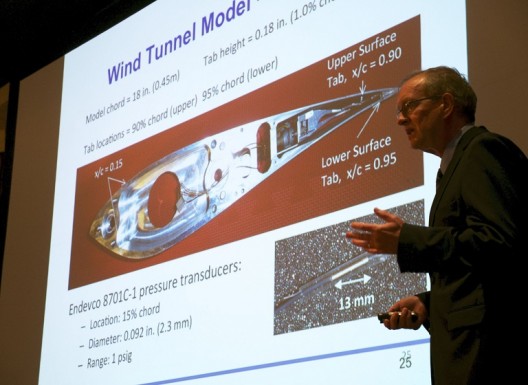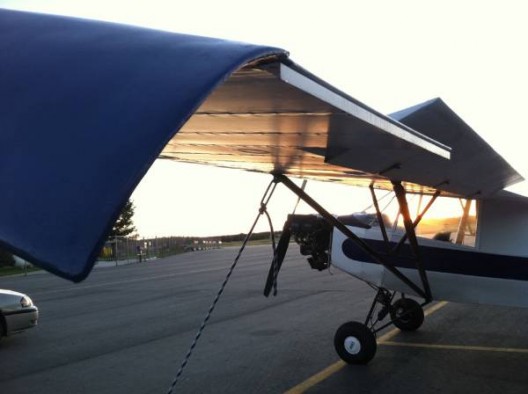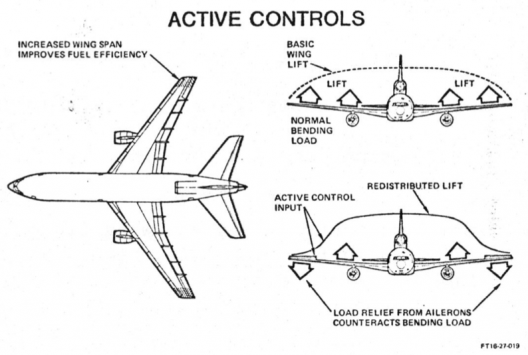Dr. C. P. (Case) van Dam of the University of California at Davis provided some counter-intuitive pointers on making small airplanes ride more smoothly to participants at the eighth annual Electric Aircraft Symposium in late April.
His solutions for ride quality enhancement in small airplanes are an essential ingredient in making electric Sky Taxis a plausible reality. Because at least initially many electric aircraft are constrained to long wing spans and light wing loadings, they are subject to “perturbations of significant magnitude to be unacceptable.” These disruptions of the intended altitude and direction of the aircraft can be more upsetting to passengers than to the aircraft itself, but van Dam had several suggestions to alleviate the vertical and lateral accelerations that passengers perceive as bumpy air.
He had explained the possible need for a gust alleviation system in his 2008 Electric Aircraft Symposium talk, something he felt even then would be necessary, “In order for these vehicles to achieve acceptable range [and] performance… “and to mitigate the impact of gust loading on the aircraft’s structure.
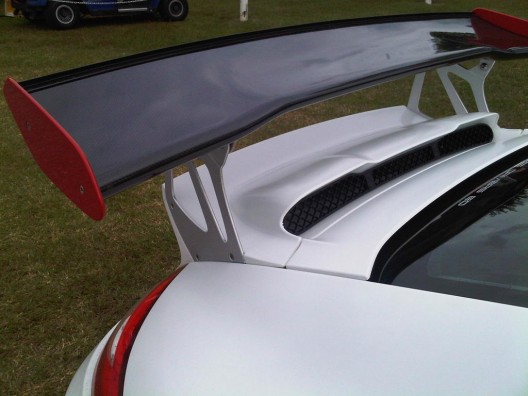
Gurney flap on Rennspeed modified Porsche. Two percent of chord width of spoiler helps push tail of car down with extra force
He discussed earlier efforts to tame the wild ride, including passive and active approaches. Passive elements added to a wing might include a Gurney flap, named for race driver Dan Gurney. It is a simple, fixed tab, perpendicular to the airfoil and mounted on the trailing edge. It increases the lift on the wing (seemingly counterintuitively) and is used on spoilers on race cars to increase download on the rear wheels. On short-takeoff-and-landing aircraft, such as the Arctic Cubs that will be featured at AirVenture this year, they provide increased lift, even at the cost of added drag. As Barnaby Wainfan pointed out in his talk, the added drag may be welcome to allow steep approaches into tight fields.
What if one could include active control of such flaps or small, movable tabs that could tailor the airflow over the trailing edge to discrete span-wise portions? Such a ride quality augmentation system (RQAS) proposed for a De Havilland DHC-6 Twin Otter was never flown, but was examined in light of experience with other commuter type aircraft.
The Lockheed L-1011-500 had extended wings to lower span loading and an active aerodynamic load control (AALC) wing load alleviation system using outboard ailerons that countered gust loading and improved ride quality. It also contributed to airframe life, according to its developers.
Such systems could be added to the concepts Drs. Seeley and Moore are developing for Sky Taxis, since they would increase the utility and flexibility of the little commuters. Dr. van Dam showed one system that uses micro tabs near the trailing edge of a wing. These tabs, about one to two-percent of the chord width of the wing, can pop up and down as commanded by a series of algorithms that analyze the loads on the wing, the aircraft’s speed, and the acceleration caused by the turbulence in the surrounding air. As the tabs respond to the complexities of the immediate situation, they trim the wing for optimally smooth flight – a delight for passengers.
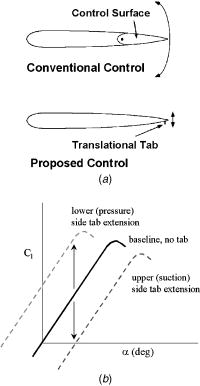
Chordwise placement of micro tabs with variations in coefficient of lift for upper and lower deployment
Wind tunnel tests highlight a characteristic of how they can alter airflow over their part of the wing. Microtabs on top of the wing lower the coefficient of lift (Cl), while those under the wing act like the Gurney flap mentioned earlier and raise the Cl. Varying the deployment of these tabs can smooth out irregularities in loading and flow over a wing, resulting in not only a smoother ride, but lower fuel usage and longer life for things like wing spars.
Van Dam’s work with wind turbines uses similar means to optimize the ability of the turning blade to respond to the wind and produce the most power from the unit’s generator. Demonstrated performance shows as much as 11-percent greater output for turbines using the technology.
Another option, the jet tab, uses pressurized air blown through trailing edge slots to accomplish many of the same things, but has the drawback of requiring an onboard pressurization system that adds weight and complexity.
With modern electronics, we can hope the computerized operation of lift modifying, ride-easing devices can be housed in a few lightweight microchips – perfect for running microtabs.

